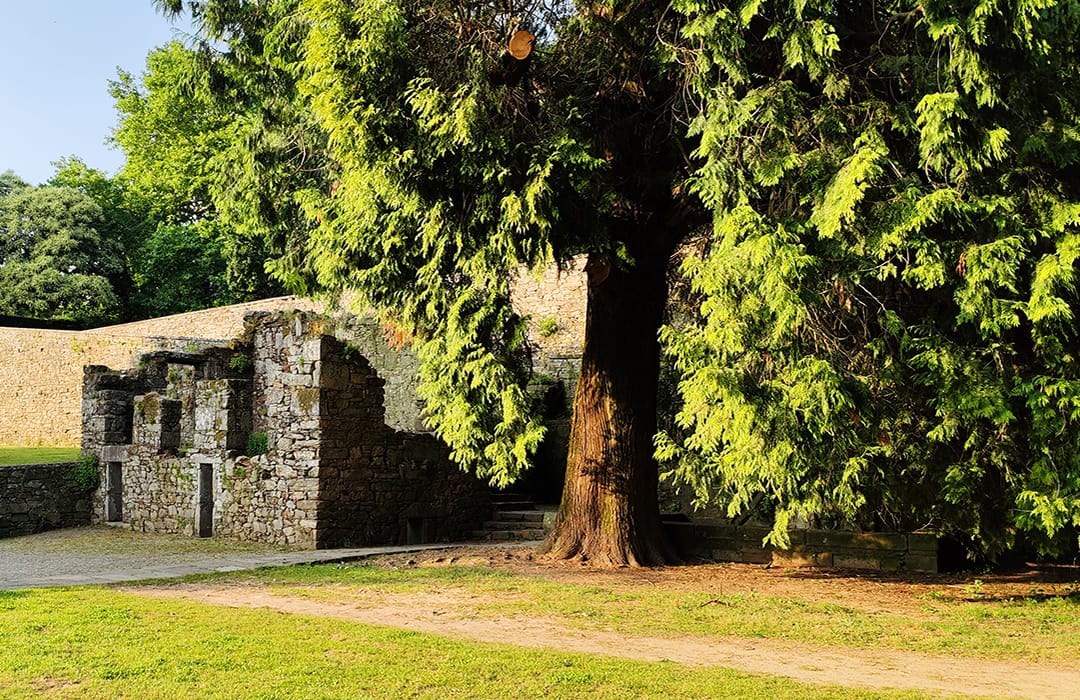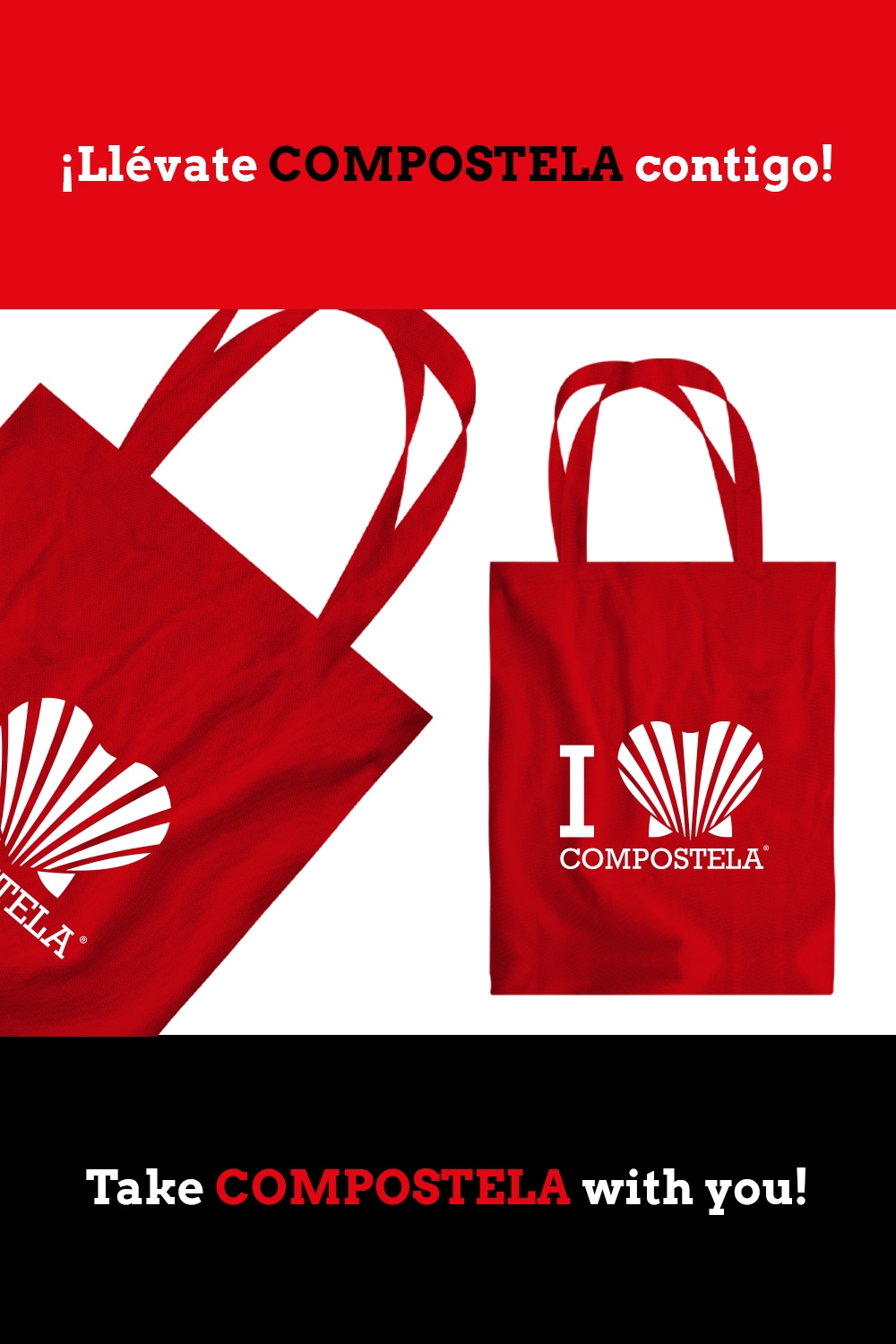According to the City Council of Santiago, more than 3.6 million euros will be allocated to promote the creation of green areas and environmental connections in the city. Improvements will also be made to the Auditorium lagoon, Pontepedriña and the Botanical Garden. The Entre Sar y Sarela project, which had already been announced by the previous local administration, will receive a grant of 3,613,586.17 euros through the Biodiversity Foundation’s call for proposals. This call aims to promote renaturalization and resilience actions in Spanish cities, within the framework of the Recovery, Transformation and Resilience Plan and financed by the NextGenerationEU European funds.
The project, presented jointly by the City Council of Santiago and the University of Santiago de Compostela, includes several actions in different areas of the city, such as the Pontepedriña neighborhood, the Botanical Garden and the lagoon of the Auditorio de Galicia. The main purpose is to complete the network of trails and strengthen the green ring around the city.
The objective of Entre Sar e Sarela is to develop a sustainable urban model, increasing green infrastructure and improving environmental connectivity in the city. In addition, we seek to regenerate environmentally degraded areas to create new ecosystems and increase biodiversity. To achieve this, it will be based on Santiago’s Green Infrastructure and Climate Change Adaptation Strategy, which will be developed as part of the project.
This initiative is aligned with the Consortium’s Multi-year Strategic Proposal for the period 2021-2027-2032 and the Urban Agenda 2030 approved by the City Council. Its objective is to improve livability in urban space and increase the city’s resilience to the effects of climate change.
Ultimately, the aim is to achieve a resilient urban environment, promoting the renaturation of urban and river areas in the city. To this end, we will seek to free up public spaces and transform areas destined for road traffic through nature-based solutions, such as the creation of Low Emission Zones. The recovery of the natural water cycle and the natural flows of the territory will also be promoted.
In addition, green infrastructure in the urban environment will be strengthened through the restoration of natural ecosystems and the connectivity of natural spaces, creating an interconnected network of natural corridors as a green belt. This will increase recreational areas and enhance biodiversity in the area.
To implement these actions, the active participation of citizens and other local stakeholders, such as the Consortium, groups, entities, associations and organizations, will be sought. Awareness-raising actions will also be carried out on the importance of the relationship between nature, biodiversity and the city, and its impact on health, collective well-being and the habitability of urban space.
In summary, the project includes five integrated actions: the Pontepedriña Green Neighborhood, which involves the renaturalization of the area and the creation of an urban ecological corridor; the naturalization of the Auditorio de Galicia lagoon, the fluvial restoration of the Corgo River and ecological improvement; the consolidation of the outer Green Belt and environmental restoration, together with the creation of an agro-ecological living-urban laboratory in the Botanical Garden; the requalification and environmental recovery of the green area of the Cornes neighborhood; and, finally, the ecological restoration and promotion of biodiversity in the periurban mount of El Viso. Each of these actions will receive an estimated investment for its implementation.






0 Comments